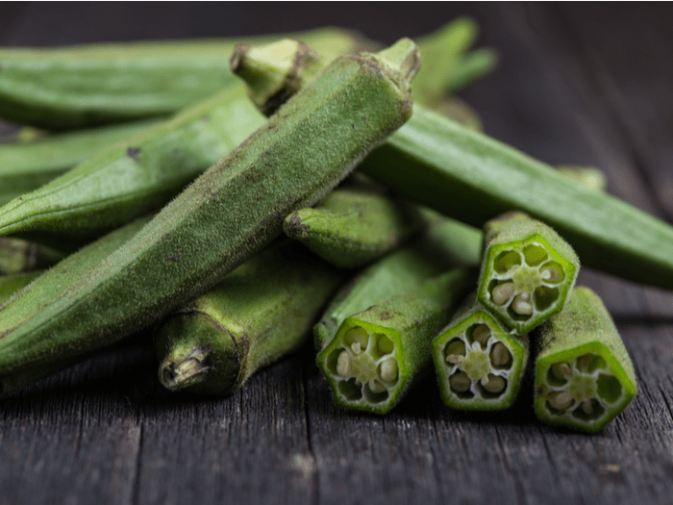11 Vegetables That Are Actually Fruits, Botanically Speaking
We know that a healthy diet includes plenty of fruits and vegetables. But just how many “vegetables” are actually fruits, botanically speaking?
According to Lawrence M. Kelly, the New York Botanical Garden’s director of graduate studies, a fruit is “a mature, ripened ovary, along with the contents of that ovary” (seeds, for example). In other words, your salads, stir-fries, and other veggie-heavy dishes might feature more fruit than you think. Here are 11 so-called “vegetables” that are technically fruit.
1. Avocados
An avocado is a fruit comprising a three-layer pericarp that surrounds its single seed. That pericarp is made of the exocarp (the peel or rind), the mesocarp (the edible flesh), and the endocarp (a sometimes imperceptible layer that protects the seed). Since the endocarp is thin, an avocado is also technically a berry. Fruits—like peaches—with thick endocarps (pits) around their seeds are drupes, not berries.
2. Olives
Olives, meanwhile, are drupes—and therefore, fruit. If you crack open the pit, you’ll see the actual seed of the olive tree, or Olea europaea.
Want to learn more about olives and olive oil? Learn more with Nutrition Diva: Do Olives and Olive Oil Have the Same Health Benefits?
3. Corn
Each corn kernel is an ovary that contains a single seed. Since the ovary wall is directly fused to the layer surrounding that seed, it lacks the fleshy middle and dries out easily. These fruits are known as caryopses, or grains. So, yes, a fruit can also be a grain.
4. Cucumbers
Cucumbers are fruit in the Cucurbitaceae family of plants, which also includes watermelon and cantaloupe (among others). This means, botanically speaking, those dill pickles you love (or love to hate) are actually pickled fruit.
5. Zucchini
The Cucurbitaceae family plays host to several other fruits masquerading as vegetables, including zucchini, acorn squash, butternut squash, and all other kinds of squash.
6. Pumpkins
With their rinds, fleshy interiors, and seeds, pumpkins match the aforementioned botanical description of fruit. They’re also a type of squash, making them a surprisingly close relative of the cucumber and, of course, a fruit.
7. Okra
Okra is the seed-filled fruit of Abelmoschus esculentus, a flowering plant in the Malvaceae family (or mallow family).
8. String Beans
Since string beans are full pods—casing, seeds, and all—they’re also fruit, as are other bean pods from leguminous plants. If you’re only referring to the individual beans inside, however (like peas), you’re really just talking about seeds, not fruit.
Many beans are a good source of protein. But what about carbs? See Nutrition Diva’s Are Beans a Protein or Carbohydrate Food?
9. Eggplants
The eggplant belongs to the Solanaceae family, sometimes called the “potato family” or “deadly nightshade family,” since potato and nightshade plants also fall under its umbrella. But while potatoes are tubers—and therefore true vegetables—eggplants are seed-bearing fleshy fruits that grow from the flowers of the Solanum melongena plant.
10. Peppers
All peppers are members of the Solanaceae family, too. No matter how “hot” one is—for which you can thank a chemical called capsaicin—it’s still technically a fruit.
11. Tomatoes
Tomatoes, which also hail from the Solanaceae family, are probably the best-known example of a fruit often mistaken for a vegetable. But like so many other foods on this list, they’re really only considered fruit if you’re asking botanists. In 1893, for example, the U.S. Supreme Court ruled that tomatoes were vegetables in a case over high import taxes on vegetables.
Tomatoes are a member of the nightshade family. See: What are Nightshades and Do They Cause Inflammation?
A version of this article originally appeared on Mental Floss as “11 Vegetables That Are Actually Fruits, Botanically Speaking.” Read more on Mental Floss.







